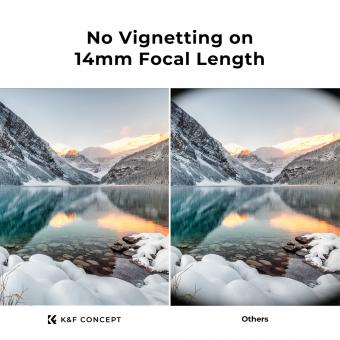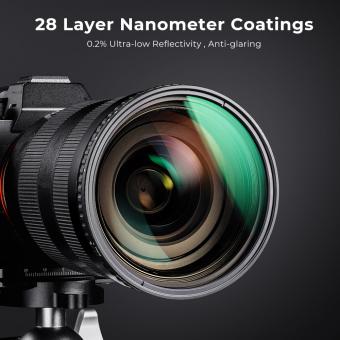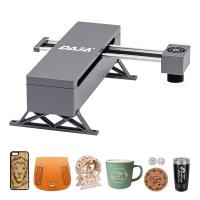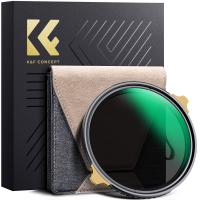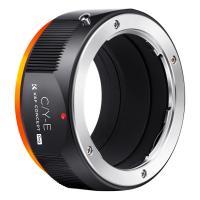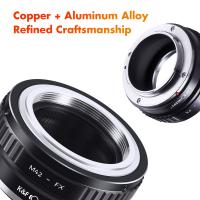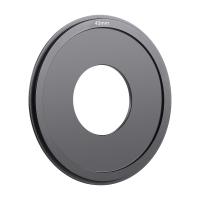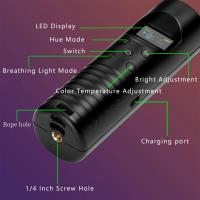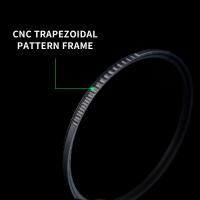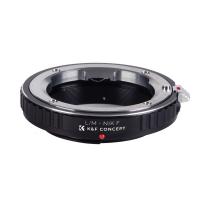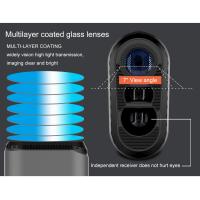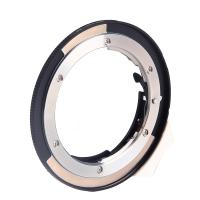What Filters Do I Need On My Lens?
The type of filters you need for your lens depends on the specific requirements of your photography. Common filters include UV filters for lens protection, polarizing filters for reducing reflections and enhancing colors, and neutral density filters for controlling exposure in bright conditions. Specialty filters like graduated ND filters and color filters can also be used for specific creative effects.
1、 UV Filters
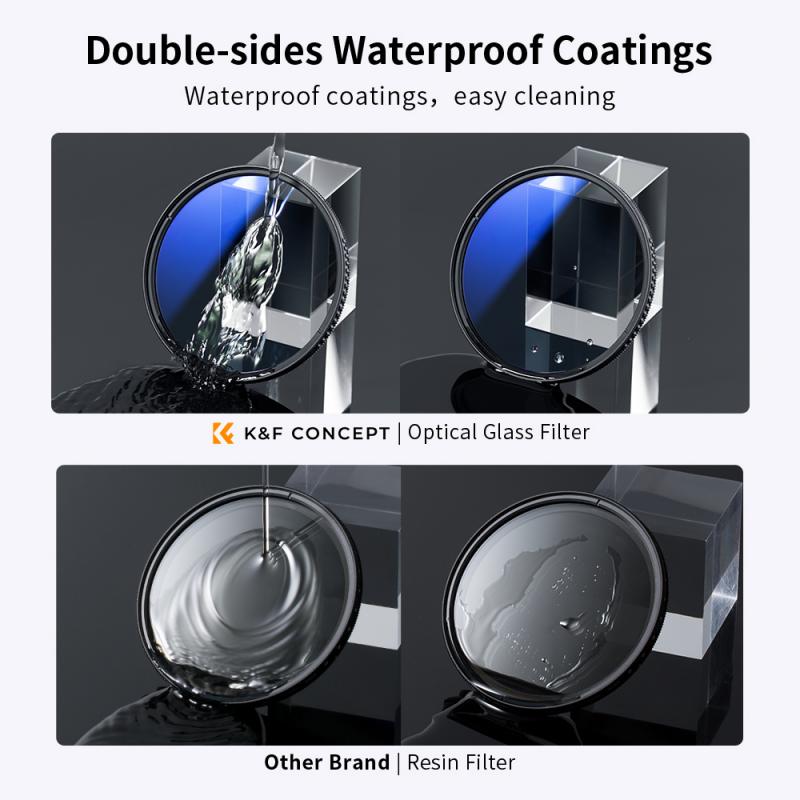
UV filters are a popular choice for protecting camera lenses from dust, moisture, and scratches. They are also believed to reduce the effects of ultraviolet light on photographs, particularly in high-altitude and coastal environments. However, there is ongoing debate among photographers about the necessity of UV filters, as modern digital cameras are equipped with UV-coated sensors and lenses that can mitigate the impact of UV light. Some argue that UV filters may actually degrade image quality by introducing additional glass layers and potential lens flare.
In recent years, the prevailing viewpoint among many photographers has shifted towards not using UV filters unless absolutely necessary. Instead, they advocate for using lens hoods and proper lens care to protect the front element of the lens. This approach minimizes the risk of image degradation and preserves the optical quality of the lens.
Ultimately, the decision to use UV filters on camera lenses depends on individual preferences and shooting conditions. While they can provide an extra layer of protection, it's important to weigh the potential impact on image quality and consider alternative methods of safeguarding the lens. As technology continues to advance, the role of UV filters in photography is likely to evolve, and photographers should stay informed about the latest perspectives and best practices.
2、 Polarizing Filters
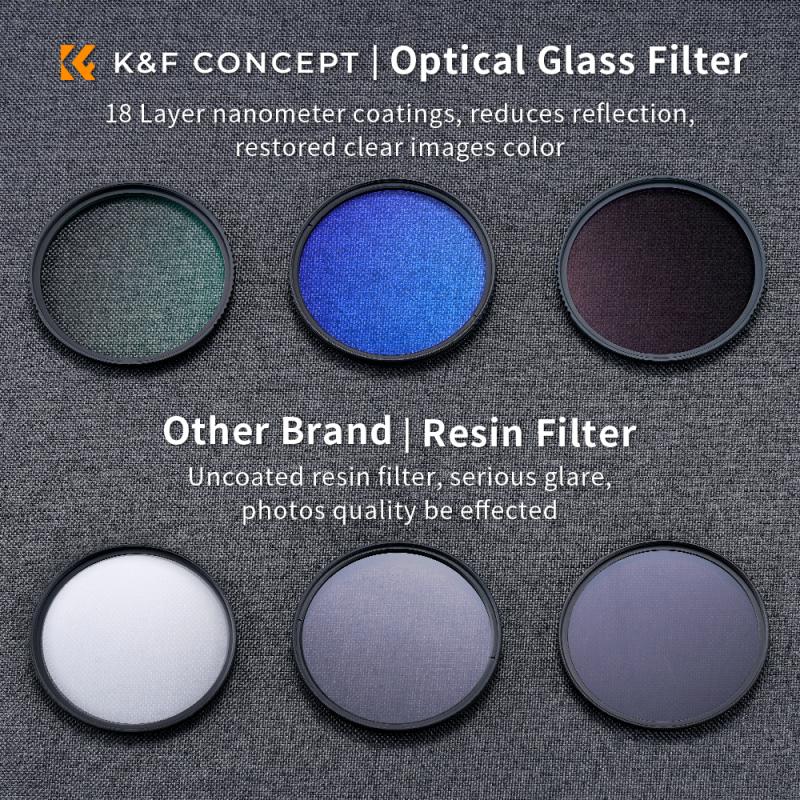
Polarizing filters are a popular choice for photographers looking to enhance the quality of their images. These filters are designed to reduce glare and reflections, resulting in more vibrant colors and improved contrast in your photos. They are particularly useful when shooting landscapes, water scenes, and outdoor portraits, as they can help to bring out the natural beauty of the scene.
In addition to reducing glare and reflections, polarizing filters can also help to darken the sky, making clouds stand out more prominently in your images. This can add a dramatic and dynamic element to your photos, especially when shooting outdoor scenes.
From a technical standpoint, polarizing filters work by selectively blocking certain polarized light rays, allowing only the desired light to pass through the lens. This can result in clearer, more detailed images with improved color saturation.
When considering which polarizing filter to use, it's important to choose one that matches the thread size of your lens. Additionally, some photographers prefer to invest in high-quality, multi-coated filters to minimize any potential impact on image sharpness and clarity.
Overall, polarizing filters are a valuable tool for photographers looking to enhance the visual impact of their images, and they can be a worthwhile addition to any photographer's kit.
3、 Neutral Density Filters

Neutral Density (ND) filters are essential for controlling the amount of light that enters the camera lens without affecting the color or contrast of the image. They are particularly useful in situations where the available light is too bright, such as when shooting in broad daylight or capturing long exposure shots.
The latest point of view on ND filters emphasizes their versatility and importance in modern photography. With the increasing popularity of long exposure photography and videography, ND filters have become indispensable tools for achieving creative effects and capturing stunning visuals. They allow photographers and videographers to control the exposure time and aperture settings, resulting in beautifully blurred motion effects in water, clouds, and other moving subjects.
In addition, ND filters are also crucial for achieving a shallow depth of field in bright conditions, enabling photographers to create captivating portraits and cinematic shots with a blurred background. They are also widely used in time-lapse photography to maintain consistent exposure levels throughout the sequence, resulting in smooth and visually appealing transitions.
When considering which ND filters to use, it's important to take into account the different levels of light reduction they offer. ND filters are available in various strengths, such as ND2, ND4, ND8, and so on, each providing a different degree of light reduction. Additionally, variable ND filters offer adjustable light reduction, providing even greater flexibility in controlling exposure.
In conclusion, the latest perspective on ND filters underscores their essential role in modern photography and videography. Whether capturing long exposure shots, achieving a shallow depth of field, or creating captivating time-lapse sequences, ND filters are indispensable tools for photographers and videographers seeking to push the boundaries of creativity and visual storytelling.
4、 Color Correction Filters
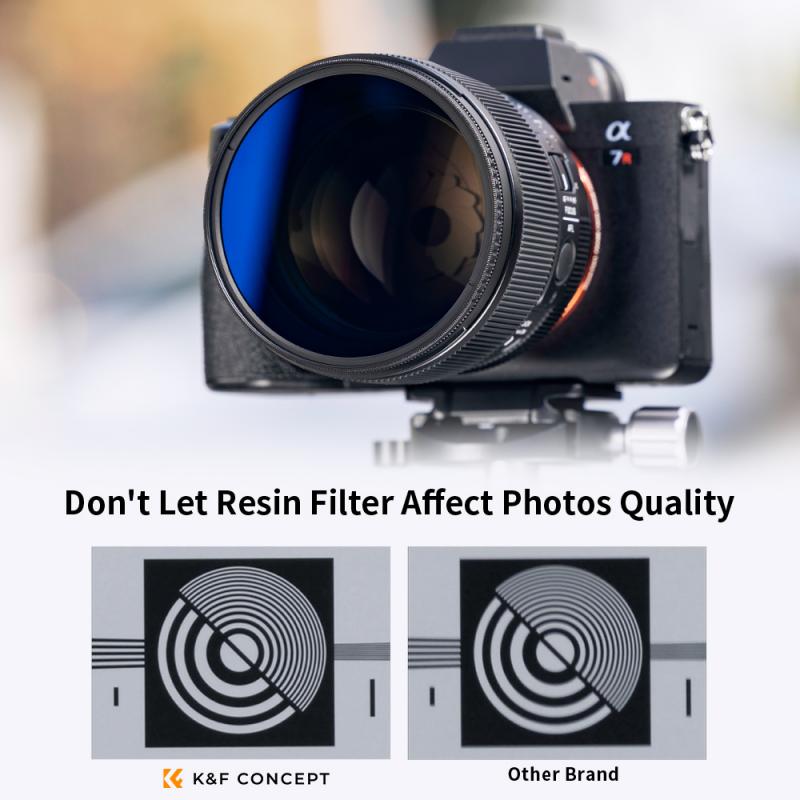
Color correction filters are used to adjust the color temperature of the light entering the camera, ensuring that the colors in the final image appear natural and accurate. The specific filters you need for your lens depend on the lighting conditions and the desired effect you want to achieve.
In the latest point of view, color correction filters are still relevant in the digital age, despite the advancements in post-processing software. While it's true that many color adjustments can be made in post-production, using color correction filters at the time of shooting can save time and effort in editing, and can also provide a more accurate representation of the scene.
For example, if you are shooting in daylight and want to reduce the bluish cast, you may use a warming filter such as an 81A or 85 filter. On the other hand, if you are shooting under tungsten lighting and want to reduce the orange cast, you may use a cooling filter such as an 80A or 82 filter.
It's important to note that the specific filters you need will depend on the color temperature of the light source and the look you want to achieve. Additionally, with the increasing popularity of digital photography, some photographers may opt to use white balance settings in their cameras to achieve similar color correction effects without the need for physical filters.
Ultimately, the decision to use color correction filters on your lens will depend on your specific shooting conditions and creative preferences.









